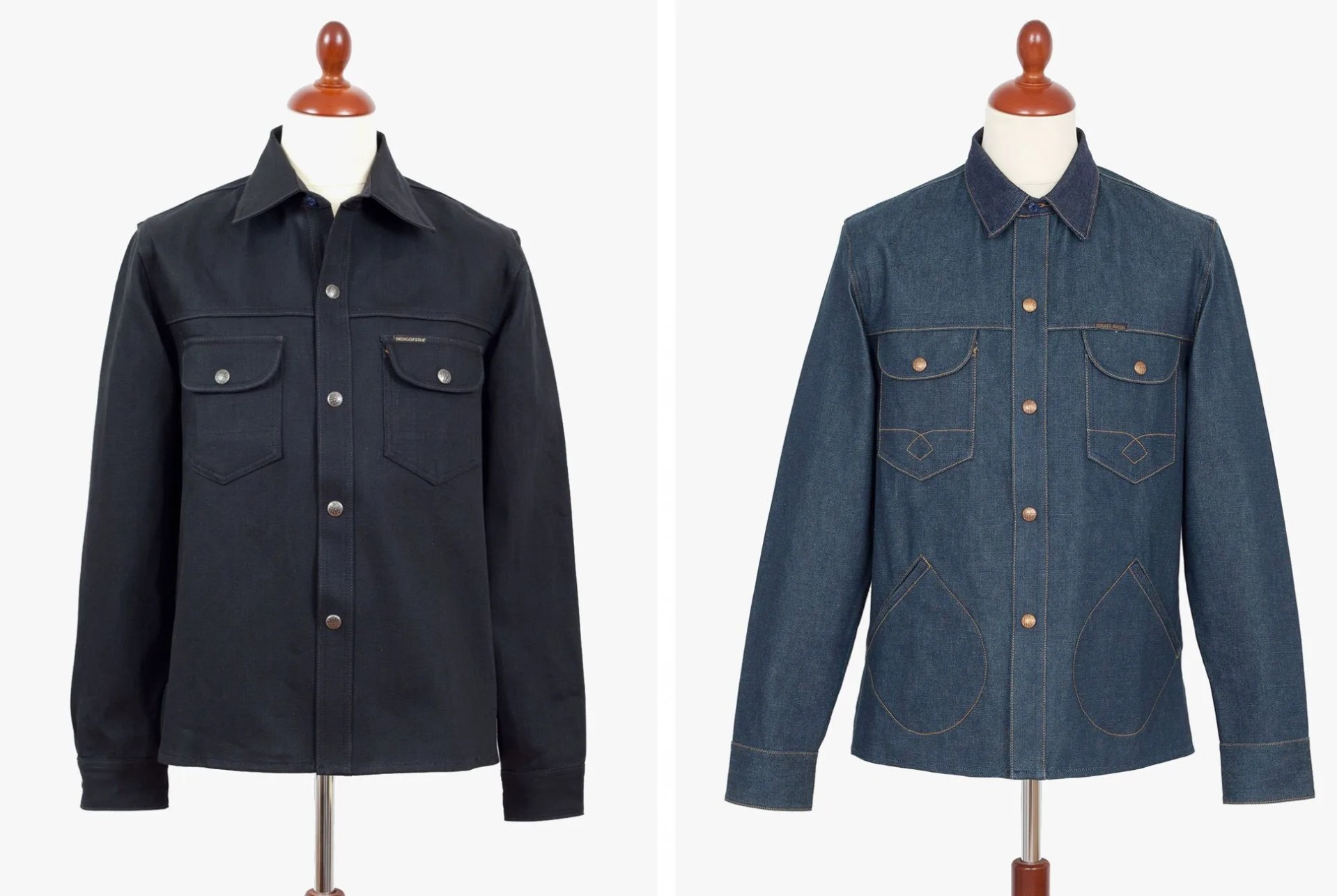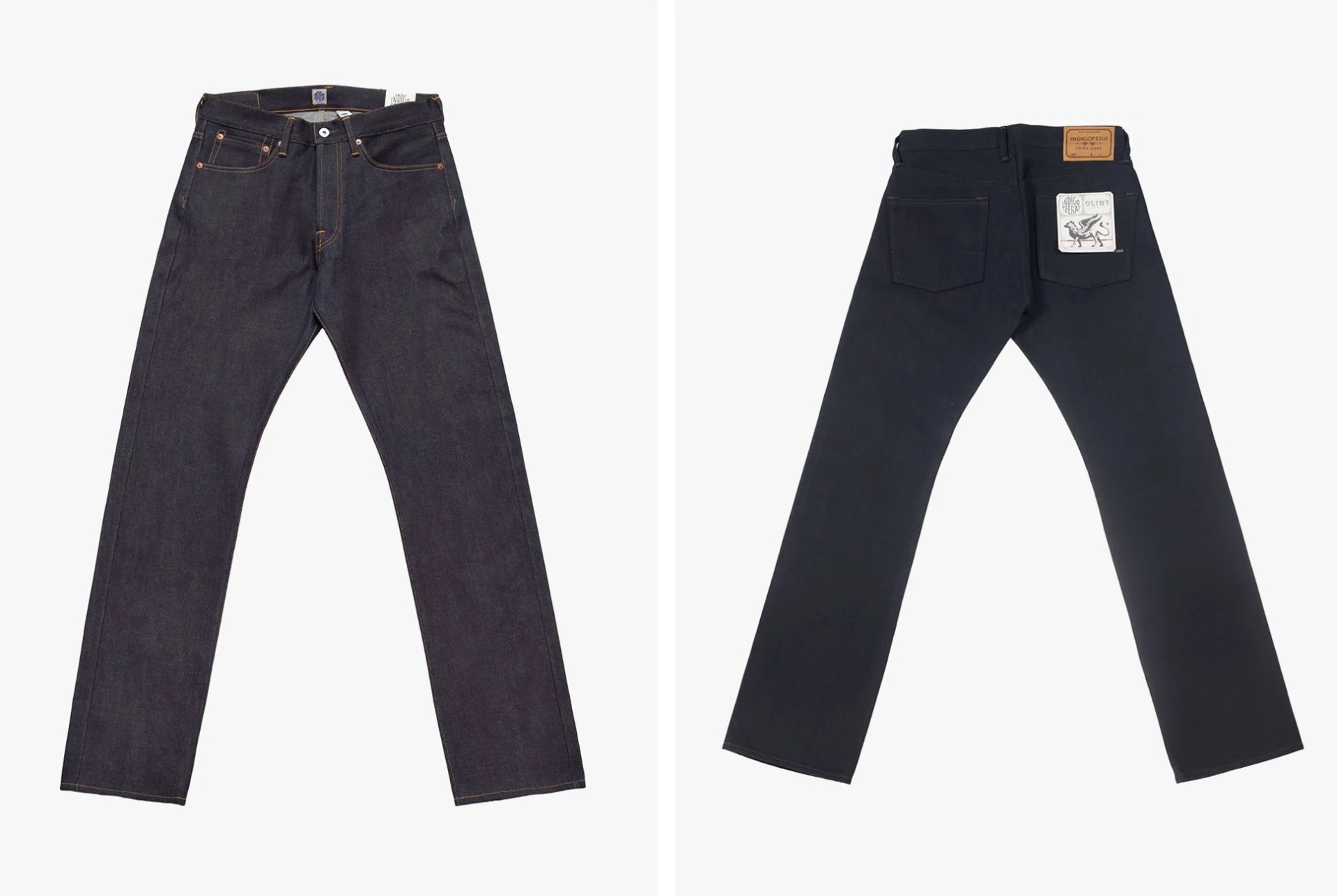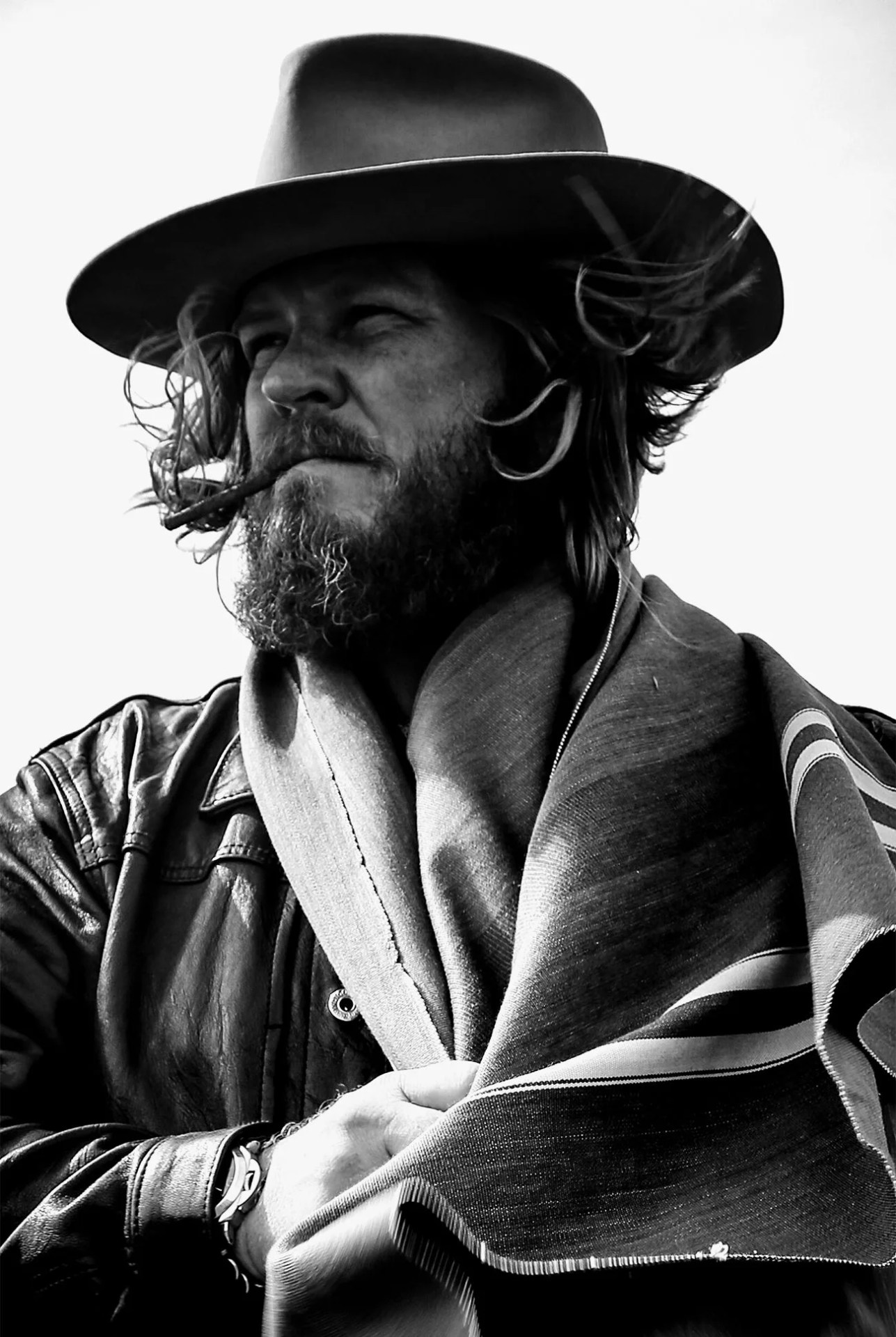Before starting Indigofera in 2007, Mats Andersson was already a denim-industry veteran. A native of southeast Sweden, he worked for Levi’s the late ‘90s, eventually holding a role as the Commerical Director of Image Account Managers. In Europe, he worked heavily with Levi’s Vintage Clothing (LVC) and Levi’s Red in sales and marketing but eventually left to start his own distribution company called The Grocery. With his new brand, he launched Edwin jeans in Scandinavia in 2004 and managed the global launch of Cheap Monday.
In the late aughts, Andersson had the idea for a brand of his own. “It seemed like the new generation did not get educated in what was good or bad quality. Quality was not a thing people asked for anymore,” he said. “At the same time, production was moving away from Europe and the USA. But price, for some reason, did not change much. Customers got used to paying too much money for too little value. And that is still happening.” So in 2007, Andersson decided it was the right time to start Indigofera, a brand focused on quality garments inspired by mid-century classics. He sourced fabric from respected mills and utilized Portuguese manufacturing, keeping production in Europe.
In 2013, he opened a retail shop called Pancho and Lefty with Mikko Engström to sell Indigofera along with brands of similar quality and aesthetic. Indigofera’s products are well-designed and highlight quality fabrics and top-tier construction. They’re made to wear-in and are fully worthy of their investment-level prices. As we near the 10 year anniversary of Indigofera’s first collection, we caught up with Andersson to reflect on denim’s European roots, vintage inspiration and his new favorite garments.

The Indigofera Copeland shirt made from 14-ounce Japanese selvedge denim (left) and the Eagles Riseing shirt in two-tone denim made in collaboration with Israel Nash (right).
Q: What inspired you to start Indigofera?
A: Several things, I’d say. At first, before I was working in the industry, it was a fascination and interest with the history of clothing and more precisely denim. I started out collecting vintage garments I wanted to use myself, and that lead me into the world of denim. I still have most garments, and occasionally, I buy something I find interesting. It was mostly denim garments but also leather and shirts. The question that always hovers over my head is what makes a good product good. You can find traces of that in older garments and the way they were produced. Then you put together your world of references and before you know it, it wants to materialize itself. That became Indigofera.
Q: Did your experience at LVC influence your designs?
A: To some degree, of course. But we never aspired to be a reproduction brand. There are those [brands] that make that in a great way. But we wanted to add something. I don’t think you can make what we are doing and not be aware of denim history, but that can give some small amount of freedom if you know what has been done and what worked.



